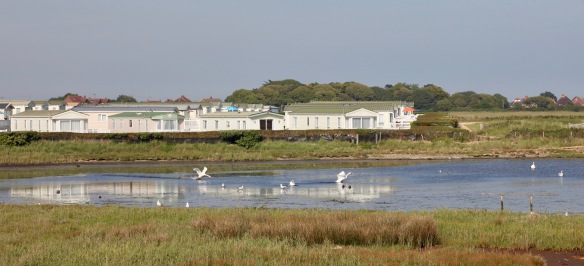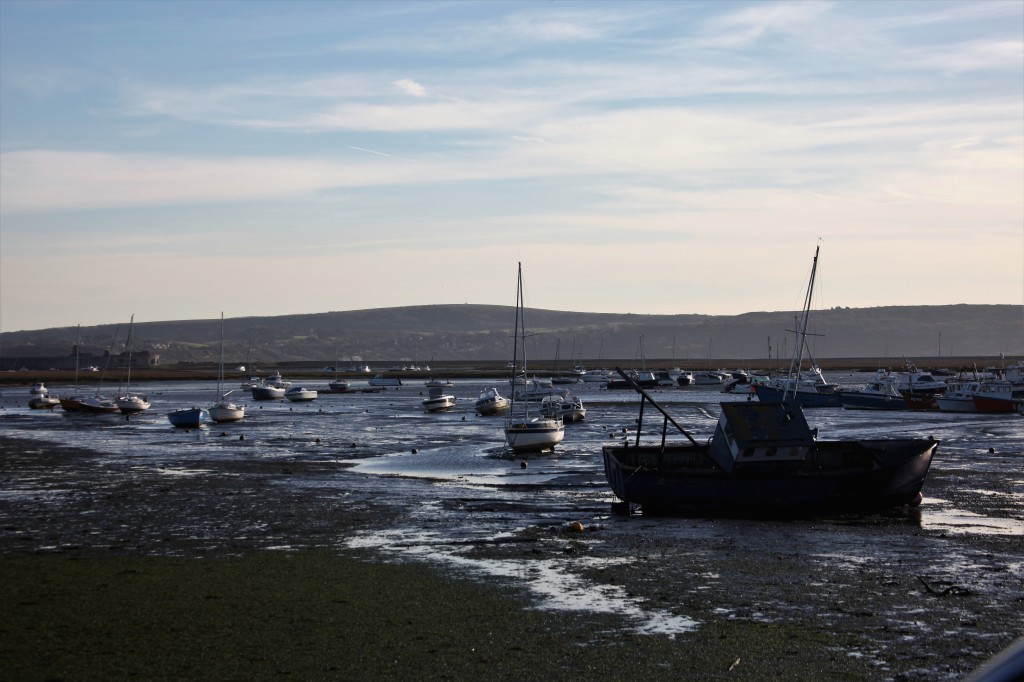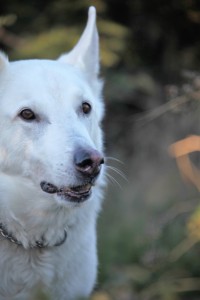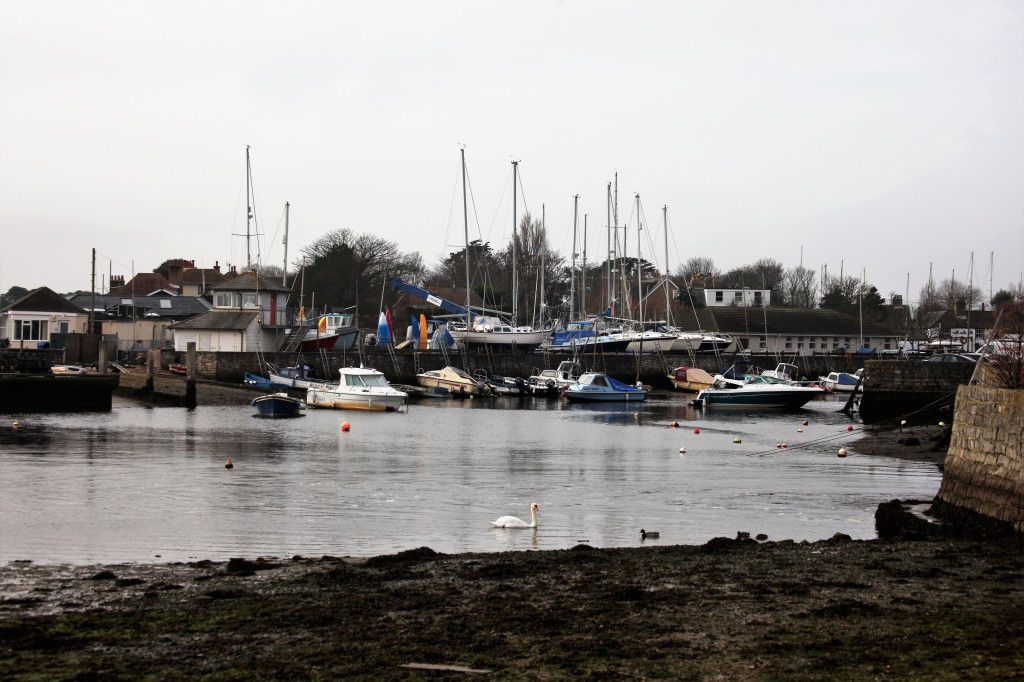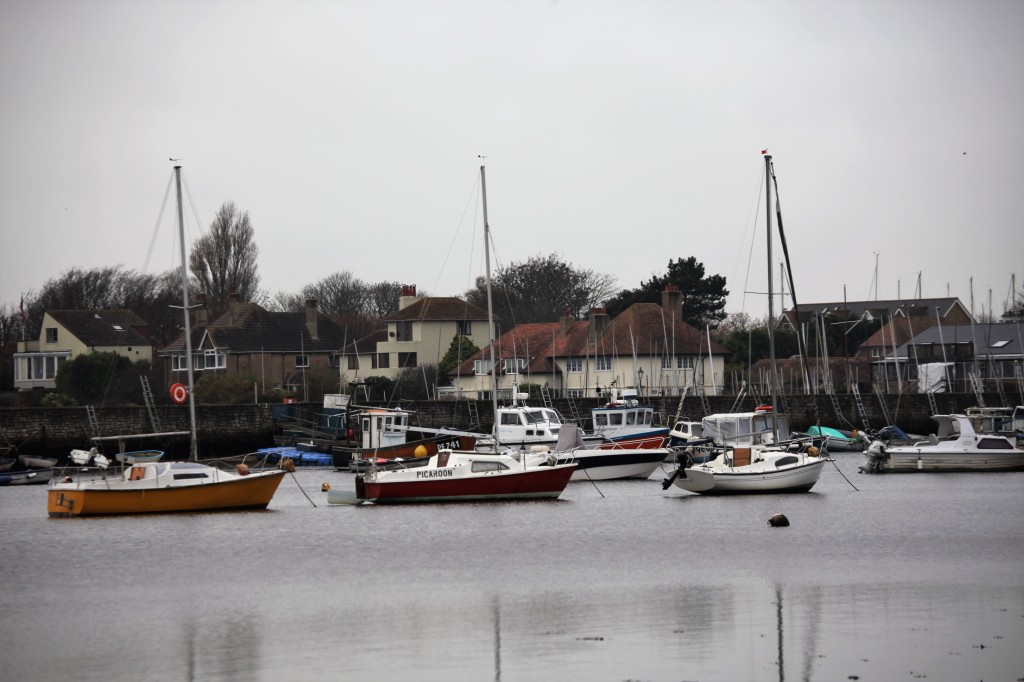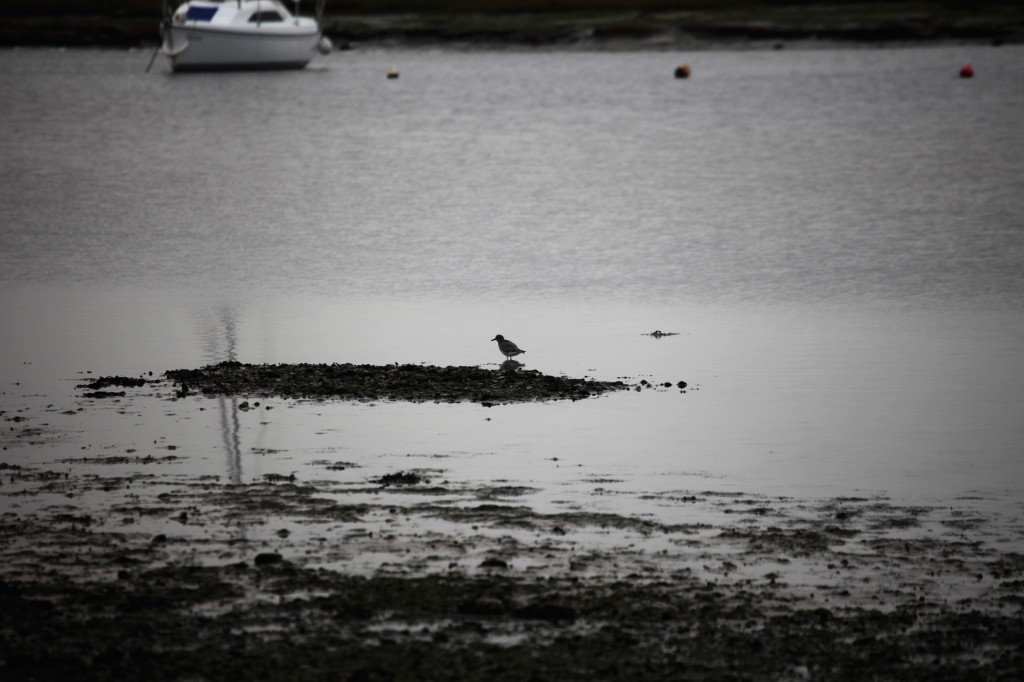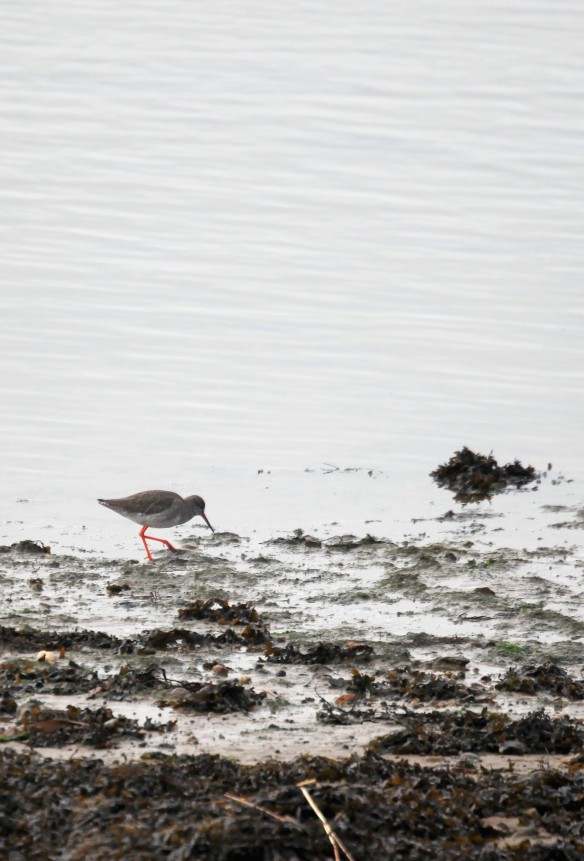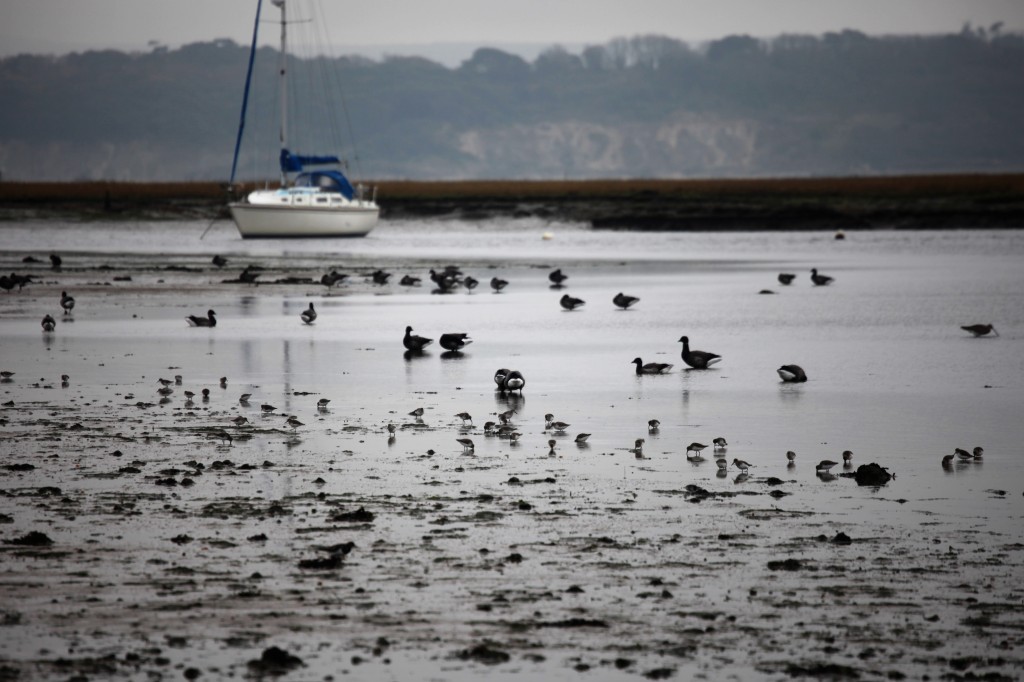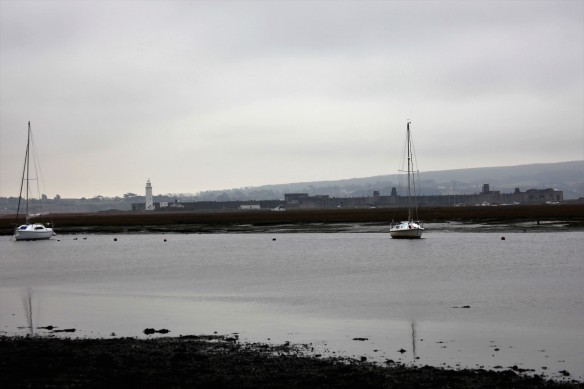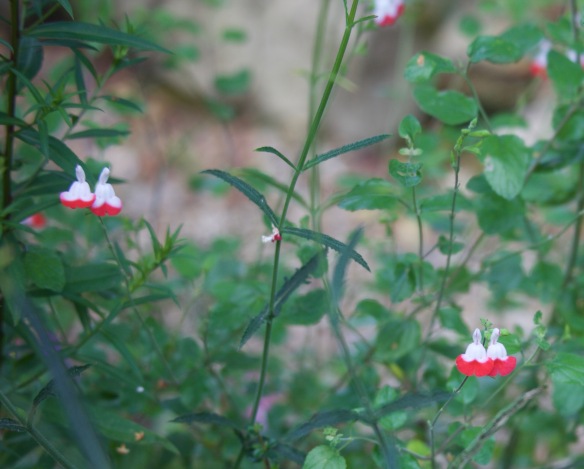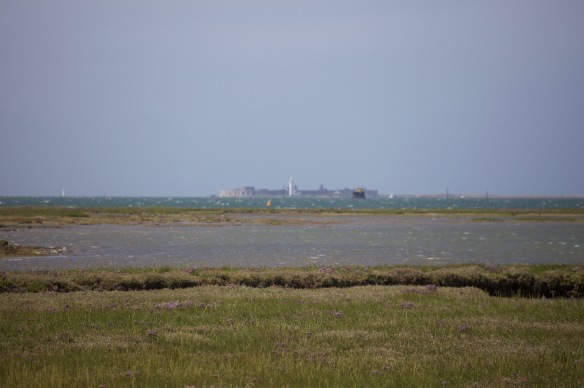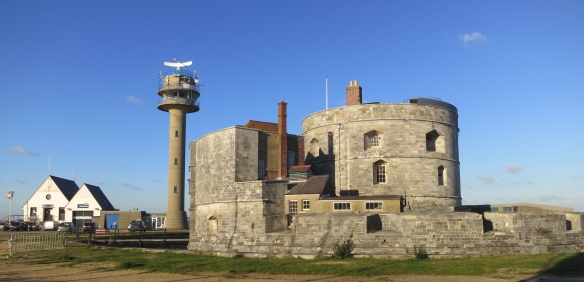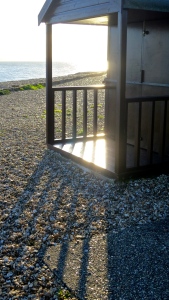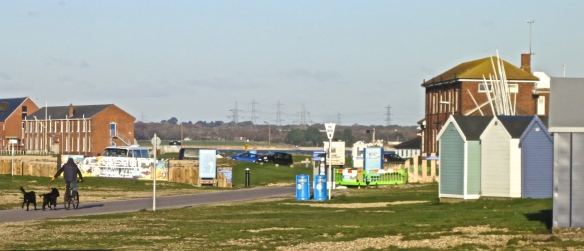CLICK ON IMAGES TO ENLARGE. REPEAT IF REQUIRED
Despite the heat today, Jackie continued with planting and weeding. I cut up branches from a tree Aaron had begun removing yesterday, and stuffed them into orange bags,
Late this afternoon Giles collected me and drove me to the bird hide overlooking Sturt Pond at New Milton.
There we were able to observe the birdlife on the water between us and the static caravans opposite.
This tranquil scene was soon to be disturbed by a pair of swans playing ducks and drakes.
My friend and I employed quite an interesting arrangement. Giles would spot something of interest through his binoculars. I relied on the naked eye and had to be guided so I could point and click at something I couldn’t see. Take, for example, the common tern on the rock. Starting from the pale blue parasol to the right of the caravans, I would be expected to drop down to the reflected gull immediately below this and turn left at right angles to the next bird along.
My trust in Giles was rewarded.
The Bill Smith Tern Raft floats in the pond. After a ten-year development stage, the Milford Conservation Volunteers (MCV) finally launched the Bill Smith Tern Raft at Sturt Pond and the very first bird to land on it was a common tern, which also determinedly removed a herring gull who also took up temporary residence on the craft. Keith Metcalf, Conservation Manager, stated “Bill, with his band of volunteers, was a stalwart for maintaining the Solent Way footpath and this small tribute to Bill will be a lasting memorial to the services he gave so readily to the local community”. Today the raft belonged to the gulls. (See Paul Clarke’s comment below – the bird to the left is a tern)
A pair of young sparrows had popped over from the village in the hope that someone may have filled the empty bird feeders.
In the bottom left corner of this photograph are a pair of shelducks.
Across the pond lies Hurst Castle with its lighthouse.
We left the hide and walked round to the bank of the pond.
An oystercatcher,
finding nothing tasty, took flight.
Two little terns shared a rock, whilst, behind them a common tern searched for prey;
another gull studiously ignored them;
and one more went fishing,
prompting one of the terns to nip off and bring back a fish for his mate.
With a pair of cormorants on a rail in the background, we watched a black tailed godwit scavenging along the shore. Giles observed that this specimen had been left behind when all its companions had left our waters because it had an injured right leg.
(Any errors of identification are entirely the responsibility of the author.)
This evening we dined on Jackie’s tasty chicken tikka, onion and mushroom rice, and salad. She drank Hoegaarden, and I drank more of Jessie’s superb chablis.

